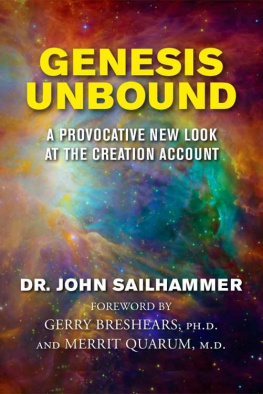Copyright 2008 Truman State University Press, Kirksville, Missouri 63501
All rights reserved
tsup.truman.edu
Cover art: Detail, epitaph for Pastor Johannes Weidner (d. 1606) and his family, St. Michaels Church, Schwbisch Hall. Photograph by the author.
Cover design: Teresa Wheeler
Library of Congress Cataloging-in-Publication Data
Maxfield, John A., 1963
Luthers lectures on Genesis and the formation of evangelical identity / John A. Maxfield.
p. cm. (Sixteenth century essays and studies ; v. 80)
Includes bibliographical references and index.
ISBN 978-1-931112-75-8 (hardback : alk. paper) ISBN 978-1-935503-51-4 (ebook)
1. Luther, Martin, 14831546. 2. Bible. O.T. GenesisCriticism, interpretation, etc.History16th century. I. Title.
BR333.5.B5M39 2008
222'.1106092dc22
2007051722
No part of this work may be reproduced or transmitted in any format by any means without written permission from the publisher.
Habent sua fata libelli
SIXTEENTH CENTURY ESSAYS & STUDIES SERIES
GENERAL EDITOR
MICHAEL WOLFE
ST. JOHNS UNIVERSITY
EDITORIAL BOARD OF SIXTEENTH CENTURY ESSAYS & STUDIES
ELAINE BEILIN | RAYMOND A. MENTZER |
Framingham State College | University of Iowa |
CHRISTOPHER CELENZA | HELEN NADER |
Johns Hopkins University | University of Arizona |
MIRIAM U. CHRISMAN | CHARLES G. NAUERT |
University of Massachusetts, Emerita | University of Missouri, Emeritus |
BARBARA B. DIEFENDORF | MAX REINHART |
Boston University | University of Georgia |
PAULA FINDLEN | SHERYL E. REISS |
Stanford University | Cornell University |
SCOTT H. HENDRIX | ROBERT V. SCHNUCKER |
Princeton Theological Seminary | Truman State University, Emeritus |
JANE CAMPBELL HUTCHISON | NICHOLAS TERPSTRA |
University of WisconsinMadison | University of Toronto |
ROBERT M. KINGDON | MARGO TODD |
University of Wisconsin, Emeritus | University of Pennsylvania |
RONALD LOVE | JAMES TRACY |
University of West Georgia | University of Minnesota |
MARY B. MCKINLEY | MERRY WIESNERHANKS |
University of Virginia | University of WisconsinMilwaukee |
In memory of my grandfather George Oliver Lillegard missionary, pastor, professor of exegesis and Greek, and preacher on the book of Genesis
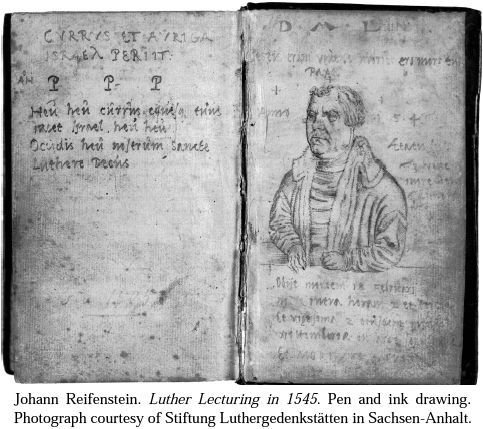
Spoken words possess an indefinable hidden power,
and teaching that passed directly
from the mouth of the speaker into the ears of the disciples
is more impressive than any other
Jerome to Paulinus, Ep. 53 (AD 394)
After speaking these prayers several times, he was called by God into
the everlasting School and into everlasting joys,
in which he enjoyed the company of the Father, Son, Holy Spirit,
and of all the Prophets and Apostles
Philip Melanchthon, History of the Life and Acts of the Most Reverend Dr. Martin Luther
Contents
| WHY THE GENESIS LECTURES? |
| The Genesis Lectures and Luthers World of Faith |
| PROPHETS AND APOSTLES AT THE PROFESSORS LECTERN |
| A Deluge of Books A Book to Be Heard Engaging His Students A Window into the Lecture Hall |
| THE PROFESSOR AND HIS TEXT |
| GenesisThe First Book of Moses and the Holy Spirit Divine Scripture and Human Authorities The Limits of Philology Genesis as Christian Revelation The Exercise of the Word |
| THE ARENA OF GODS PLAYCHRISTIAN LIFE AND HOLINESS IN THE WORLD |
| Holy Place, Holy Work, and Holy Order Civil Government as Holy Order The Household as Holy Order The Distinctive Holiness of Christian Life in the World The True Contemplative Life |
| THE RECONSTRUCTION OF THE CHRISTIAN PAST |
| Humanism and History Genesis as the History of the Church between God and the Devil Luther as Humanist and Historian |
| THE CHURCH AND THE WORLD IN THE LAST DAYS |
| The Ministry of Angels A Golden Age and the Dregs of Time Interpreting the Times |
Figures
All figures (except the frontispiece) are referenced in the text.
Frontis | Johann Reifenstein. Luther Lecturing in 1545 |
Fig. 1 | Lucas Cranach the Younger. Prince John Frederick and Martin Luther Witnessing the Baptism of Christ |
Fig. 2 | Lucas Cranach the Younger. Four Executed Criminals |
Fig. 3 | Lucas Cranach the Younger. Evangelical Service and the Damnation of Papal Clergy |
Fig. 4 | Lucas Cranach the Younger. Evangelical and Catholic Services |
Fig. 5 | Epitaph for Margarete Brenz (150048), St. Michaels Church, Schwbisch Hall |
Fig. 6 | Epitaph for Pastor Johannes Weidner (d. 1606) and his family, St. Michaels Church, Schwbisch Hall |
Fig. 7 | Detail, epitaph for Pastor Johannes Weidner (d. 1606) and his family, St. Michaels Church, Schwbisch Hall |
Acknowledgments
This book grew out of my doctoral dissertation, which was accepted by the faculty of Princeton Theological Seminary in May 2004. Like the dissertation that preceded it, the book arrives with many debts. Prior to doctoral studies at Princeton, my study of history and theology was shaped by professors at Gettysburg College, Concordia Theological Seminary, Indiana University, and the Pennsylvania State University. My first introduction to Luthers Genesis lectures was provided by a course of lectures and readings given by Dr. Ulrich Asendorf as a visiting scholar at Concordia Theological Seminary in 1993. During doctoral studies, my research in the lectures was facilitated by two seminars in Luther interpretation by Dr. Scott Hendrix and one on Renaissance historiography and constructions of the past by Dr. Anthony Grafton of Princeton University.
The members of my dissertation committeeDr. Scott Hendrix, Dr. Paul Rorem, Dr. Anthony Grafton, and, prior to her sabbatical leave, Dr. Elsie McKeeprovided careful guidance for my project from the initial proposal through review of the dissertation draft and its revision. I am particularly indebted to the steady stream of constructive criticism and meticulous editorial advice of Dr. Scott Hendrix. I am also grateful to Professor Emeritus Gottfried Seeba of the University of Heidelberg for providing office space and assistance during the final six months of my dissertation research and writing.
Further research for revision of the book was facilitated by the collections at Luther Seminary Library in St. Paul, Minnesota. After submission to the general editor of the Sixteenth Century Essays and Studies series, Dr. Raymond Mentzer, two anonymous readers offered reports that contained helpful suggestions for further developing the book and pointed out various matters of detail that needed additional attention. Prior to submission of the revised draft to Truman State University Press, my wife, Jennifer, carefully read through the entire manuscript and offered invaluable assistance in making the prose more concise and clear.
Next page


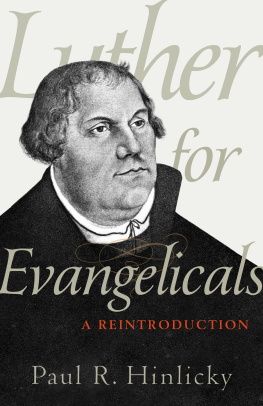
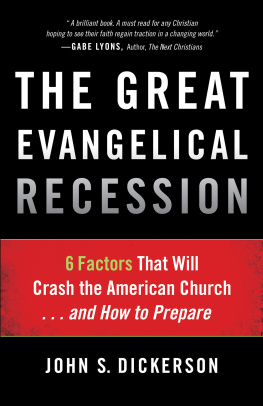
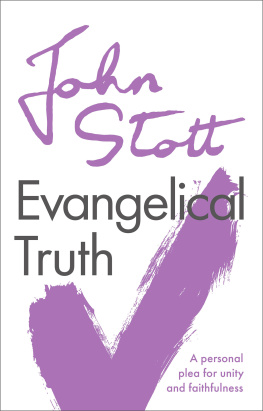

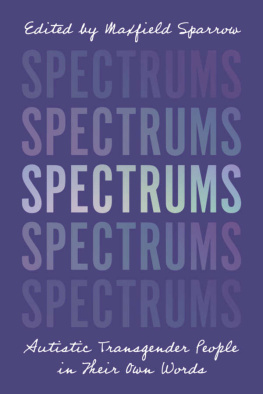
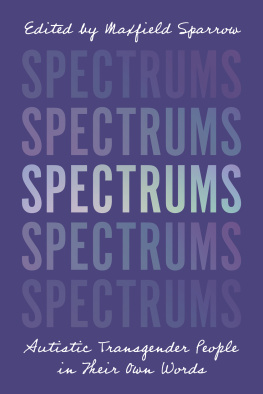
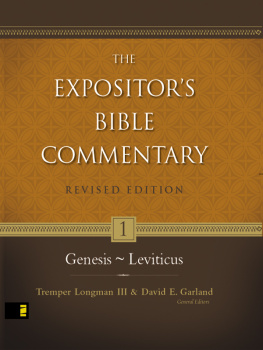
![Clive Maxfield [Clive Maxfield] - Bebop to the Boolean Boogie, 3rd Edition](/uploads/posts/book/124140/thumbs/clive-maxfield-clive-maxfield-bebop-to-the.jpg)
